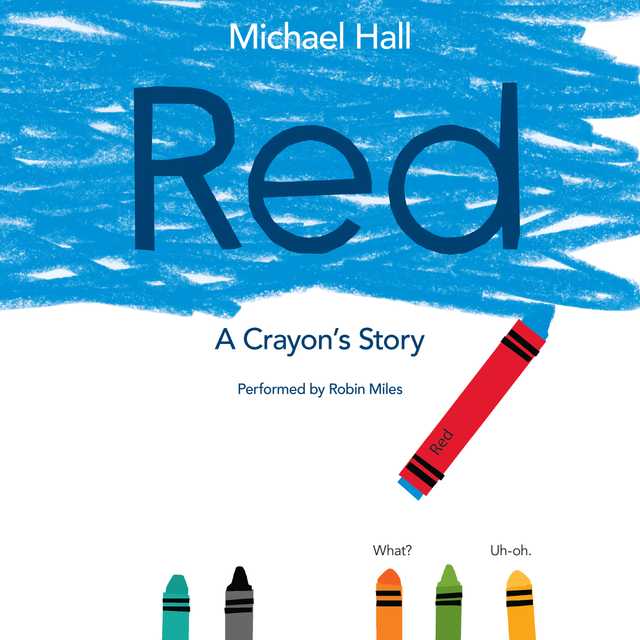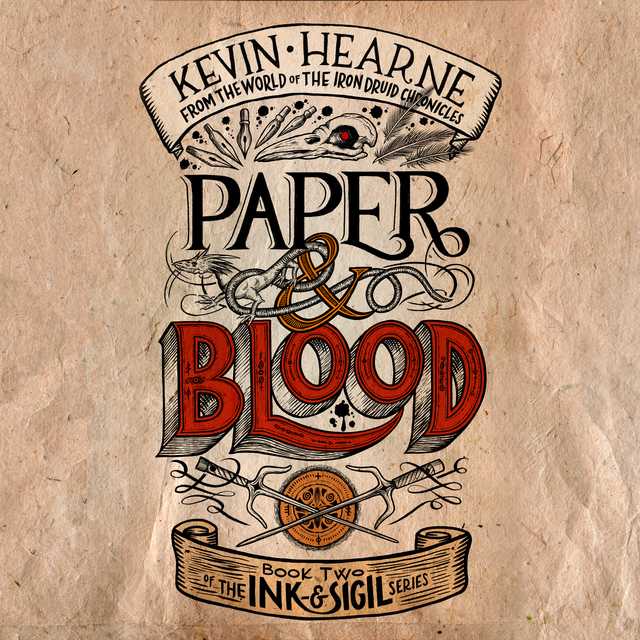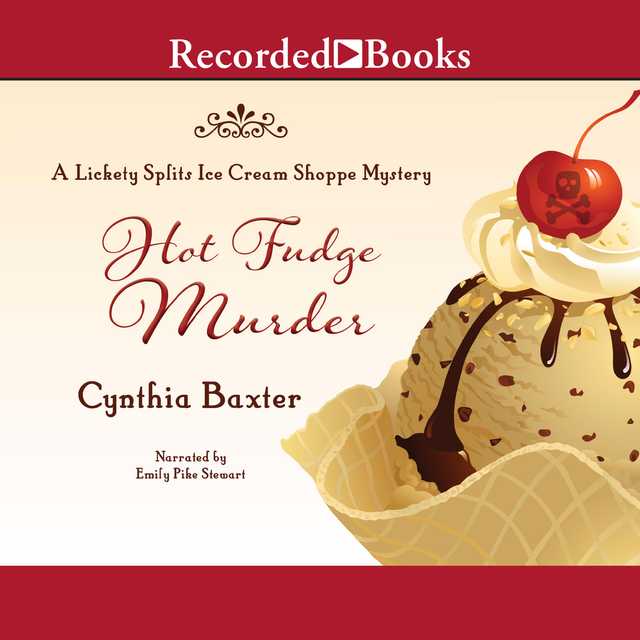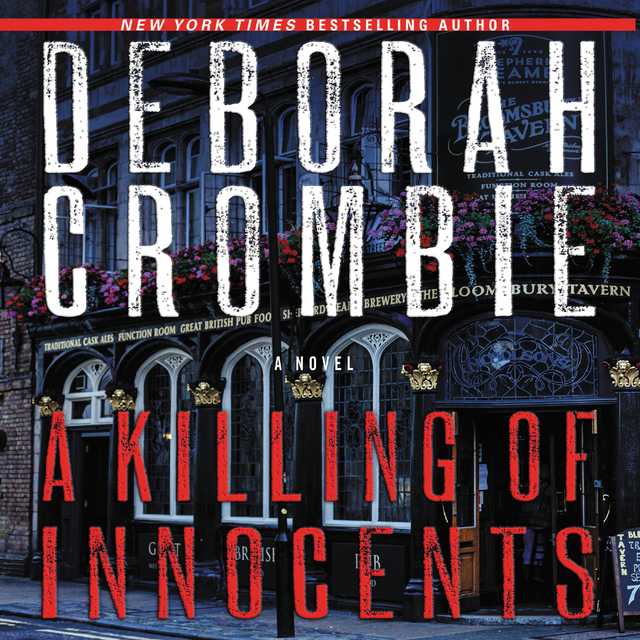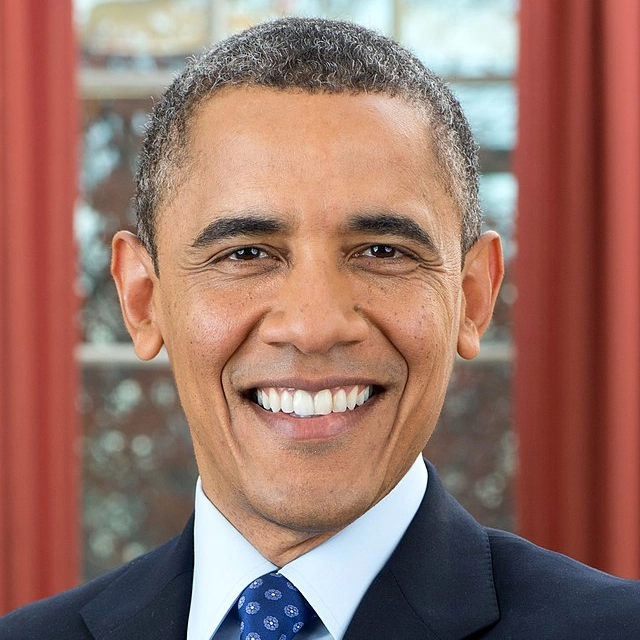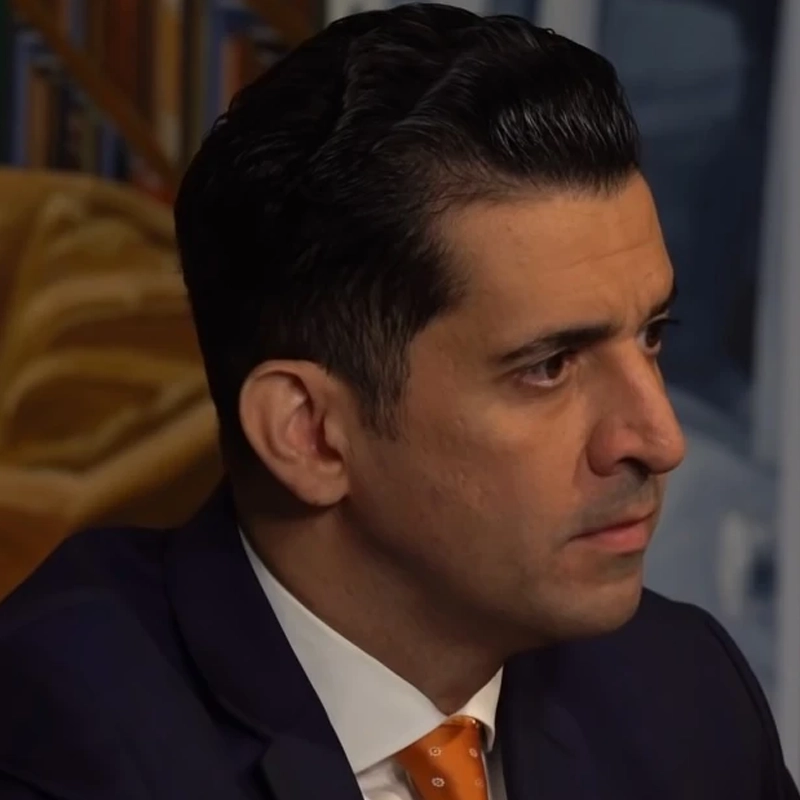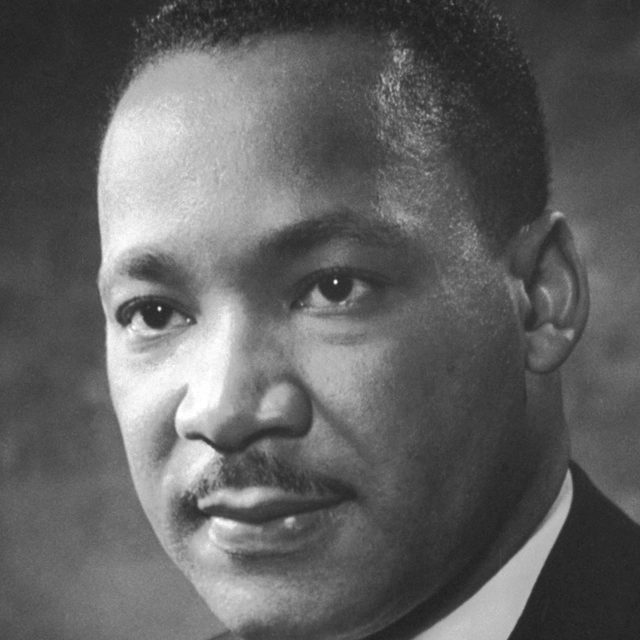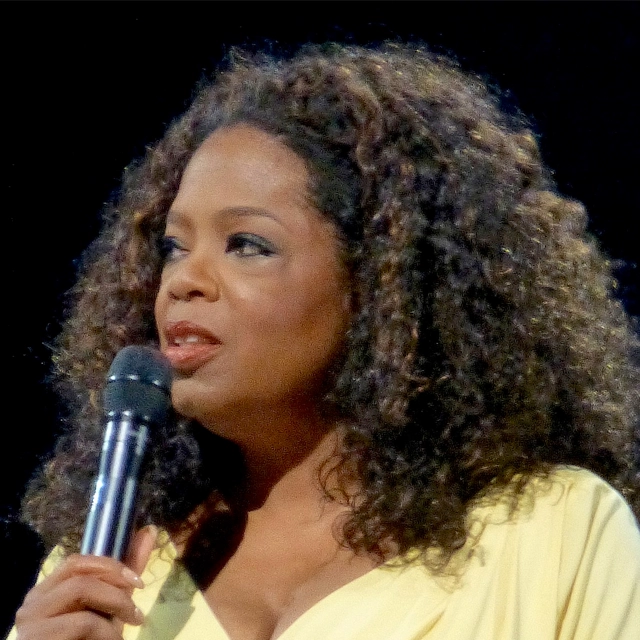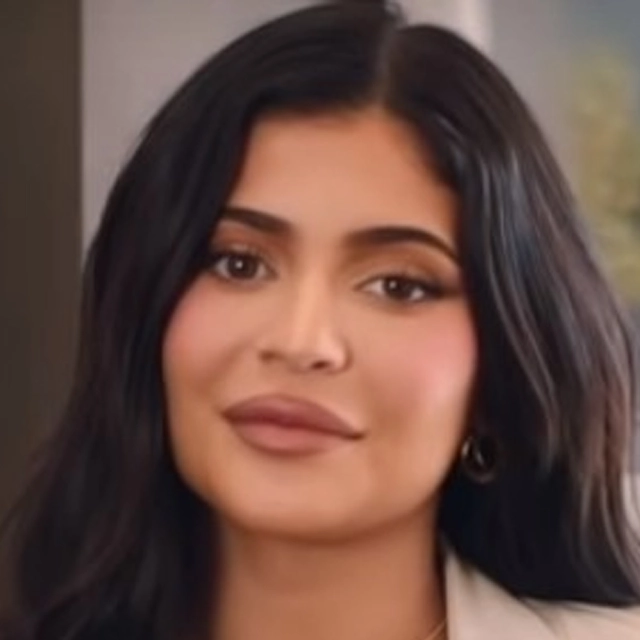Red Audiobook Summary
A blue crayon mistakenly labeled as “red” suffers an identity crisis in this picture book by the New York Times-bestselling creator of My Heart Is Like a Zoo and It’s an Orange Aardvark! Funny, insightful, and colorful, Red: A Crayon’s Story, by Michael Hall, is about being true to your inner self and following your own path despite obstacles that may come your way. Red will appeal to fans of Lois Ehlert, Eric Carle, and The Day the Crayons Quit, and makes a great gift for readers of any age!
Red has a bright red label, but he is, in fact, blue. His teacher tries to help him be red (let’s draw strawberries!), his mother tries to help him be red by sending him out on a playdate with a yellow classmate (go draw a nice orange!), and the scissors try to help him be red by snipping his label so that he has room to breathe. But Red is miserable. He just can’t be red, no matter how hard he tries! Finally, a brand-new friend offers a brand-new perspective, and Red discovers what readers have known all along. He’s blue! This funny, heartwarming, colorful picture book about finding the courage to be true to your inner self can be read on multiple levels, and it offers something for everyone.
Other Top Audiobooks
Red Audiobook Narrator
Robin Miles is the narrator of Red audiobook that was written by Michael Hall
Michael Hall’s favorite thing to eat is asparagus. He grew up in Ann Arbor, Michigan, where autumn was memorable for football, floats, caramel apples, and spectacular colors. He is the creator of several acclaimed picture books for children, including Frankencrayon, Red: A Crayon’s Story, My Heart Is Like a Zoo, Perfect Square, and It’s an Orange Aardvark! Michael Hall lives with his family in Minneapolis, Minnesota.
About the Author(s) of Red
Michael Hall is the author of Red
More From the Same
- Author : Michael Hall
- Frankencrayon
- Swing
- The Trouble with Innocence
- The Slow Life and Fast Death of DJ Screw
Red Full Details
| Narrator | Robin Miles |
| Length | 5 minutes |
| Author | Michael Hall |
| Category | |
| Publisher | Greenwillow Books |
| Release date | February 03, 2015 |
| ISBN | 9780062415813 |
Subjects
The publisher of the Red is Greenwillow Books. includes the following subjects: The BISAC Subject Code is Animals, General, Juvenile Fiction
Additional info
The publisher of the Red is Greenwillow Books. The imprint is Greenwillow Books. It is supplied by Greenwillow Books. The ISBN-13 is 9780062415813.
Global Availability
This book is only available in the United States.
Goodreads Reviews
Carmen
October 29, 2021
This book for children about being transgender, isWait, what? I thought this was about crayons.Yes. A blue crayon with a red label. A crayon that "presents" as red but colors blue and leaves everyone confused and baffled. I mean, no matter what Red tries to do, he colors blue. That's just him. He's blue. Even though he's in a red label. However, neither him nor any of his friends and family can understand this.His teacher thought he needed more practice.She encourages him to draw strawberries, but of course they turn out blue. She's shocked, but encourages him to try again. Perhaps next time he can get it right.His mother thought he needed to mix with other colors.She brings Yellow over and coos, "Why don't you two go out and draw a nice, round orange."Red agrees enthusiastically, wanting to please his mom and hoping beyond hope this will work.However, needless to say, him mixing with Yellow doesn't make an orange, it makes a big greenish ball. (Because Red is really blue.) This prompts Yellow to say, "Yuck." reinforcing Red's idea that there's something wrong with him and that he's basically disgusting as a person.His grandparents thought he wasn't warm enough.They give him a red scarf to keep warm and look more "red." You know, like he's supposed to be. Red. But when Red draws a class portrait for school, of course the whole thing (him AND his scarf) are blue. His grandparents are shocked.Everyone seemed to have something to say.AMBER: "Sometimes I wonder if he's really red at all."HAZELNUT: "Don't be silly. It says red on his label."COCOA BEAN: "He came that way from the factory."FUCHSIA: "Frankly, I don't think he's very bright."GRAPE: "Well, I think he's lazy."ARMY GREEN: "Right! He's got to press harder."STEEL GRAY: "Really apply himself!" SUNSHINE: "Give him time. He'll catch on."SEA GREEN: "Of course he will."Now, whether these people are being "kind" or "tough" on our "misbehaving" schoolboy, what they are failing to see (but what children will clearly see) is that the crayon is simply mislabeled. It's a blue crayon. It's blue. It doesn't matter that it's label says, "Red" - that doesn't change the fact that the crayon is a blue crayon and can't possibly be anything else no matter how "hard" he tries.All Red's friends try to "help" him. Masking Tape tapes him. Scissors cuts his label a tiny bit. Pencil Sharpener sharpens him. However, obviously none of these actions change the blue crayon to a red one.Red works and works and works and fights and fights and fights being blue. Much as our society and our religions encourage transgender people to "fight their sin" and "fight their nature" and "work hard to correct yourself" and "fit in." Needless to say, this doesn't do Red the least bit of good.One day, he met a new friend.BERRY: "Will you make a blue ocean for my boat?"RED: "I can't. I'm red."BERRY: "Will you try?"So he did.BERRY: "Thank you! It's perfect!"RED: "You're welcome. It was easy!"And he didn't stop there.Suddenly, Red can't stop drawing! He gleefully draws bluebells, blue jeans, blue birds, bluberries, and even a giant blue whale."I'm blue!" He screams joyfully!!!!! Somebody's finally seen through all the labels and the bullshit and has freed Red from the prison he's been in.He was red blue. And everyone was talking.OLIVE: "My son is brilliant!"AMBER: "Who could have known he was blue?"HAZELNUT: "I always said he was blue."COCOA BEAN: "It was obvious!"BERRY: "His blue ocean really lifted me."SEA GREEN: "All of his work makes me happy."BROWN: "His blue strawberries are my favorites."APPLE GREEN: "He's so intense."YELLOW: "I'm going to make a green lizard with him. A really big one."GRAY: "I hear he's working on a huge project."SCARLET: "He's really reaching for the sky."Now, I think we - as adults - can realize that this is not the way it would play out in real life. All these people are accepting and celebratory upon hearing the news that Red is blue inside. They don't disown him, hate him, judge him, beat him, spit on him, murder him, rape him, or drive him to suicide. However, I'm sure we can all agree that that would be a pretty depressing children's book. Perhaps the author is trying to create a world in which people don't have such a violent, angry, and terrified view of transgendered individuals as they do today. We can only hope. I've seen great strides just in the last 10 years, so there is a possibility things will be as idealistic as this book makes out one day.NOTE: Children aren't going to know this is about transgender people. I've seen this book make adults weep openly, but children aren't going to get that. Instead, the child will be delighted when - imbued with a God-like power - he or she can see straight into the true core of the individual: he's a blue crayon in a red label.I notice that the book doesn't try to "re-label" Red. He starts off as blue in a red label, he ends as blue in a in a red label - just one who is self-aware and happy, now. There's no move to strip him of his red label and put a blue one on him. This is important, I think. If Red later chooses to wear a blue label instead of a red one, that will be his choice.I think it's important to read this book to children, but you might want to gauge how much you strip away the thin veneer of color and explicitly make it about transgendered people. It's up to you, it is your choice, based on your child and what you think your child can handle. I'm also unclear as to where religion falls in this. Is the book saying that "God" (the factory) make a mistake in labeling Red? Or is Red extra-special, unique and brilliant for being someone who has a red label but a blue "soul?" Of course, if you are raising your child in the Christian faith (just my two cents here) the most important thing is to teach compassion, mercy and love. None of this soul-destroying 'love the person, hate the 'sin'' trash ('sin' is in quotes because even thinking that word in regards to transgender people makes my blood boil) that is so common now. I think it's clear in the book that Red's family and friends love him and care about him, and when it becomes obvious to them that Red is blue, they rejoice in his specialness and his unique gifts. They love Red, they want him to be happy, they cheer and rejoice when their friend is free and happily expressing his true self. That is love. That is the true nature of Christianity (IMO). Why are we talking about religion and Christianity, Carmen?Yeah... I know. I'm sorry, but I can't help but think (when I think about the transgender people I know) that religion is A1 when it comes to excusing hatred, violence and terror as a reaction to someone who is not meeting gender norms. I think it's super-important to realize that Christianity should be, at its core, about love, acceptance and community. When my father said about someone, "He did the Christian thing," my father was ALWAYS talking about being merciful, compassionate and loving. Never in my household was hate or cruelty held up as good examples of being a worshiper of Christ, and it really saddens me to see that about 90% of Christianity today is used to make people feel like shit about themselves. Are you even Christian?No comment.Are you even atheist?No comment.Do you even math, bro?Um...Then... what the hell are you talking about?I'm talking about the fact that although the majority of people believe that being Christian involves being a judgmental asshole, it doesn't have to be that way.Anyway, I'm getting off-topic.Tl;dr - Children aren't going to "get this." I think it's important to teach this message to children (be true to yourself, your inner self is beautiful and special) but they are NOT going to get that it's about transgender people unless you explicitly tell them. In a way, this book is more for adults than for children. However, I think it's a good and important book. Doubly so if your child has a little transgender friend in his/her class. In that case, please spell it out for them.Even without the knowledge of what 'transgender' is, children will delight in their ability to clearly see what all the foolish and misguided crayons can't see - the obvious fact that Red is a blue crayon. You can talk about how clothes don't make the man, how it's important not to judge people on their appearances. You could use it to illustrate gender roles or to express the importance of celebrating a person's true gifts (even if that gift doesn't "fit" with a person's physical appearance - think of Binky Barnes being an accomplished ballet dancer on Arthur). There's so much to talk about here without talking about being transgender, but this book IS without a doubt about transgender people. DISCUSSION POINTS:Why did the factory 'mislabel' Red? OR DID IT? (dum dum DUM)Why were the other crayons so confused and baffled on how to 'handle' or 'teach' Red when they were blind to his true color?Why do crayons even NEED labels at all? Do they? What purpose do labels serve? What if all the crayons just ripped off their labels and ran around naked? Would that be a good idea or a bad idea? Why?This is a rare book that clearly has a message but isn't preachy. You can completely ignore all issues and just read it as a straight-up children's book that's simply about crayons if you want. No one's going to force you to talk to your kid about gender identity if you don't want to. I've read this to many Catholic schoolkids without a peep about transgender issues. It's a good book with a good message no matter what, you need to decide based on your audience whether to broach the transgender discussion or not.Read it, enjoy it, and take from it whatever you want. :)Ages 0-6. However, there is no upper age limit if you are using this as a tool to teach someone about gender identity. It can work wonderfully to illustrate this concept even to adults.
Betsy
March 29, 2015
Almost since their very conception children’s books were meant to teach and inform on the one hand, and to inform one's moral fiber on the other. Why who can forget that catchy little 1730 ditty from The Childe’s Guide that read, “The idle Fool / Is whipt at School”? It’s got a beat and you can dance to it! And as the centuries have passed children’s books continue to teach and instruct. Peter Rabbit takes an illicit nosh and loses his fancy duds. Pinocchio stretches the truth a little and ends up with a prominent proboscis. Even parents who are sure to fill their shelves with the subversive naughtiness of Max, David, and Eloise are still inclined to indulge in a bit of subterfuge bibliotherapy when their little darling starts biting / hitting / swearing at the neighbors. Instruction, however, is a terribly difficult thing to do in a children’s book. It takes skill and a gentle hand. When Sophie Gets Angry . . . Really Really Angry works because the point of the book is couched in beautiful, lively, eye-popping art, and a story that shows rather than tells. But for every Sophie there are a hundred didactic tracts that some poor child somewhere is being forced to swallow dry. What a relief then to run across Red: A Crayon’s Story. It’s making a point, no doubt about it. But that point is made with a gentle hand and an interesting story, giving the reader the not unpleasant sensation that even if they didn’t get the point of the tale on a first reading, something about the book has seeped deep into their very core. Clever and wry, Hall dips a toe into moral waters and comes out swimming. Sublime. “He was red. But he wasn’t very good at it.” When a blue crayon in a wrapper labeled “Red” finds himself failing over and over again, everyone around him has an opinion on the matter. Maybe he needs to mix with the other kids more (only, when he does his orange turns out to be green instead). Maybe he just needs more practice. Maybe his wrapper’s not tight enough. Maybe it’s TOO tight. Maybe he’s got to press harder or be sharper. It really isn’t until a new crayon asks him to paint a blue sea that he comes to the shocking realization. In spite of what his wrapper might say, he isn’t red at all. He’s blue! And once that’s clear, everything else falls into place. A school librarian friend of mine discussed this book with some school age children not too long ago. According to her, their conversation got into some interesting territory. Amongst themselves they questioned why the crayon got the reaction that he did. One kid said it was the fault of the factory that had labeled him. Another kid countered that no, it was the fault of the other crayons for not accepting him from the start. And then one kid wondered why the crayon needed a label in the first place. Now I don’t want to go about pointing out the obvious here but basically these kids figured out the whole book and rendered this review, for all intents and purposes, moot. They got the book. They understand the book. They should be the ones presenting the book. Because you see when I first encountered this story I applied my very very adult (and very very limited) interpretation to it. A first read and I was convinced that it was a transgender coming-of-age narrative except with, y’know, waxy drawing materials. And I’m not saying that isn’t a legitimate way to read the book, but it’s also a very limited reading. I mean, let’s face it. If Mr. Hall had meant to book to be JUST about transgender kids, wouldn’t it have been a blue crayon in a pink wrapper? No, Hall’s story is applicable to a wide range of people who find themselves incorrectly “labeled”. The ones who are told that they’re just not trying hard enough, even when it’s clear that the usual rules don’t apply. We’ve all known someone like that in our lives before. Sometimes they’re lucky in the way that Red here is lucky and they meet someone who helps to show them the way. Sometimes they help themselves. And sometimes there is no help and the story takes a much sadder turn. I think of those kids, and then I read the ending of “Red” again. It doesn’t help their situation much, but it makes me feel better. This isn’t my first time on the Michael Hall rodeo, by the way. I liked My Heart Is Like a Zoo, enjoyed Perfect Square, took to Cat Tale, and noted It's an Orange Aardvark It’s funny, but in a way, these all felt like a prelude to Red. As with those books, Hall pays his customary attention to color and shape. Like Perfect Square he even mucks with our understood definitions. But while those books were all pleasing to the eye, Red makes a sudden lunge for hearts and minds as well. That it succeeds is certainly worth noting. Now when I was a kid, I ascribed to inanimate objects a peculiar level of anthropomorphizing. A solo game of war turned a deck of cards into a high stakes emotional journey worthy of a telenovela. And crayons? Crayons had their own lives as well. There were a lot of betrayals and broken hearts in my little yellow box. Hall eschews this level of crayon obsession, but in his art I noticed that he spends a great deal of time understanding what a crayon’s existence might entail if they were allowed families and full lives. I loved watching how the points on the crayons would dull or how some crayons were used entirely on a slant, due to the way they colored. I liked how the shorter you are, the older you are (a concept that basically turned my 3-year-old’s world upside down when she tried to comprehend it). I liked how everything that happens to Red stays with him throughout the book. If his wrapper is cut or he’s taped together, that snip and tape stay with him to the end. The result is that by the time he’s figured out his place in the world (and shouldn’t we all be so lucky) he bears the physical cuts and scars that show he’s had a long, hard journey getting to self-acceptance. No mean feat for a book that primarily utilizes just crayon drawings and cut paper, digitally combined. Not everyone thinks, as I do, that Mr. Hall’s effort is successful. I’ve encountered at least one librarian who told me straight out that she found the book “preachy”. I can see why she’d say that. I mean, it does wear its message on its sleeve. Yet for all that it has a purpose I can’t call it purposeful. What Hall has done so well here is to take a universal story and tell it with objects that almost every reader approaching this book will already be familiar with. These crayons don’t have faces or arms or mouths. They look like the crayons you encounter all the time, yet they live lives that may be both familiar and unfamiliar to readers. And in telling a very simple fish-out-of-water story, it actually manages to make kids think about what the story is actually trying to say. It makes readers work for its point. This isn’t bibliotherapy. It’s bibliodecoding. And when they figure out what’s going on, they get just as much out of it as you might hope. A rare, wonderful title that truly has its child audience in mind. Respectful.For ages 3 and up.
Jasmine
August 22, 2021
Read for my daughter’s bedtime. A blue crayon was mistaken for a red one. Some fun drawings of heart, cow, frog, black sheep, etc.Read from kindle unlimited.
Jen
June 25, 2015
I suppose this review has spoilers...if a picture book can have spoilers...On the surface it's a heartwarming story about a crayon whose label says "red" but is really blue. Dig a little deeper and it's a story about being true to yourself and learning who you are.Let's go one more level, and I don't know if this is how it was intended by the author or not but this is how I instantly saw the book before I even opened the cover: This is a book about/for kids struggling with gender identity. As a librarian I see the subject headings that it's given and "identity (psychology)" is one, but of course it couldn't say "gender identity" because crayons don't have genders. His whole life he was told he was red. "It says red on his label." "He came that way from the factory." AKA. He was make red, therefore he must be red. His label couldn't be a mistake and he's really a different color inside. (READ: He was born a boy. His physical appearance couldn't possibly be a mistake and he's really a girl inside) His family and friends try to fix him with tape, and scarves, and encouragement to really try at being red "draw a red strawberry" "Why don't you two go our and draw a nice, round orange?". He tries, but he just can't be red and draw red things...because he's BLUE.I swear I could sense this crayon's depression progress each time he failed at drawing something red. I actually thought "OMG he's going to throw himself in the crayon sharpener or something! Wait that can't happen, it's a kid's book." Because no one ever said "Look! His strawberries are blue, he must be blue!" Just like so many people don't say "Look he loves dresses, and growing his hair long, and maybe he's actually a girl."But his new friend Berry saves the day by asking him to draw an ocean and suddenly people realize he isn't red after all. I wanted to cheer for joy over this little mislabeled crayon who had found himself.
Sara
January 11, 2015
In this new picture book from Michael Hall, one crayon has spent his whole life believing he’s red, until the day a new friend allows him to see beyond his label and realize he’s been blue all along. This book looks deceptively simple, but, underneath the cover, readers young and old will find an inspiring story about joy of being true to oneself. I want to hand this book to everyone who walks through the door.
Katt
January 31, 2022
A good book about being true to yourself. A mislabeled crayon tries to fit in. What I loved was how none of the other crayons seemed able to see what was right in front of their eyes - that regardless of everything that was tried, Red colored blue. I think there are children that will definitely see themselves in this book - and more importantly will see those who are different around them and accept them for who they ARE, not as they should be. This book has a lot of applications - be it regarding neurodiversity, physical difficulty, or a host of other topics. This is one I definitely am sharing with my children, and hope to have a good conversation about afterwards.Note: Just read this again, six years later, and now with the understanding of having a trans child. I really am glad for this book, and for the discussion it led to today about how well it's written and how good it makes my child feel that there are books like this in the world. Well don, Michael Hall
Dave
November 08, 2015
The whole family will read all these Goodreads Children's Illustrated book nominees for 2015 and rate all of them. This is colorful, like The Day the Crayons Quit, or Eric Carle's colorful and simple stuff, with pretty simple art and a relatively simple and kinda preachy point to it all (if you are labelled red, you may in fact really be--born this way--blue), but it was fun and I thought cleverly written, and as to the didacticism, well. . .he calls it, cleverly, in the way of serious glbt memoirs, Red: A Crayon's Story, which I thought also pokes fun at the genre, too. Hall is a sharp and funny writer and isn't THAT preachy, come on. ..I guess in this day and age it has to be seen as a transponder book, but I think it can be read for other identity issues, too. My fan really overall liked it, one of the best of the year.Dave 4 starsTara 4.5 starsHarry (10) 4.5 stars ("I loved it all the way through, until the ending, which should be a really good joke, but was not so great." Otherwise, I thought it was awesome."Henry (9) 3.5Lyra (8) 4.5 ("It really liked this one, with all the colors and the point it made.")
Mathew
January 13, 2019
Red is a crayon unlike his peers. Whilst everyone around him is able to colour in with the title given to them be it: berry, olive, scarlet or brown, Red just keeps churning out blue. Those around him think they are being helpful, even the narrator, by encouraging him to keep trying or to persevere since it will come to him in the end. Red, however hard he tries though, keeps producing blue. It is only when a new friend comes along with an insight far greater than Blue's current family and friends, that the little crayon finally sees who he truly is. Hall's art and language play is so smart in this book (loved the endpapers). The close observer will see that underneath his label that Blue was always blue and that no one could not see beyond the skin he was in. It's easy to see why people would interpret this as a book about transgender and I can see the parallels too yet it is also about anyone who is labelled to fit into society's norms and does not. A strikingly smart metaphor for our times.
Areeba
September 12, 2017
this was such a cute book. my kids kept saying but he's blue (spoiler,lol). there is so much to learn from this simple book. its gonna go down as one of the finest picture books for kids.
Frequently asked questions
Listening to audiobooks not only easy, it is also very convenient. You can listen to audiobooks on almost every device. From your laptop to your smart phone or even a smart speaker like Apple HomePod or even Alexa. Here’s how you can get started listening to audiobooks.
- 1. Download your favorite audiobook app such as Speechify.
- 2. Sign up for an account.
- 3. Browse the library for the best audiobooks and select the first one for free
- 4. Download the audiobook file to your device
- 5. Open the Speechify audiobook app and select the audiobook you want to listen to.
- 6. Adjust the playback speed and other settings to your preference.
- 7. Press play and enjoy!
While you can listen to the bestsellers on almost any device, and preferences may vary, generally smart phones are offer the most convenience factor. You could be working out, grocery shopping, or even watching your dog in the dog park on a Saturday morning.
However, most audiobook apps work across multiple devices so you can pick up that riveting new Stephen King book you started at the dog park, back on your laptop when you get back home.
Speechify is one of the best apps for audiobooks. The pricing structure is the most competitive in the market and the app is easy to use. It features the best sellers and award winning authors. Listen to your favorite books or discover new ones and listen to real voice actors read to you. Getting started is easy, the first book is free.
Research showcasing the brain health benefits of reading on a regular basis is wide-ranging and undeniable. However, research comparing the benefits of reading vs listening is much more sparse. According to professor of psychology and author Dr. Kristen Willeumier, though, there is good reason to believe that the reading experience provided by audiobooks offers many of the same brain benefits as reading a physical book.
Audiobooks are recordings of books that are read aloud by a professional voice actor. The recordings are typically available for purchase and download in digital formats such as MP3, WMA, or AAC. They can also be streamed from online services like Speechify, Audible, AppleBooks, or Spotify.
You simply download the app onto your smart phone, create your account, and in Speechify, you can choose your first book, from our vast library of best-sellers and classics, to read for free.
Audiobooks, like real books can add up over time. Here’s where you can listen to audiobooks for free. Speechify let’s you read your first best seller for free. Apart from that, we have a vast selection of free audiobooks that you can enjoy. Get the same rich experience no matter if the book was free or not.
It depends. Yes, there are free audiobooks and paid audiobooks. Speechify offers a blend of both!
It varies. The easiest way depends on a few things. The app and service you use, which device, and platform. Speechify is the easiest way to listen to audiobooks. Downloading the app is quick. It is not a large app and does not eat up space on your iPhone or Android device.
Listening to audiobooks on your smart phone, with Speechify, is the easiest way to listen to audiobooks.

